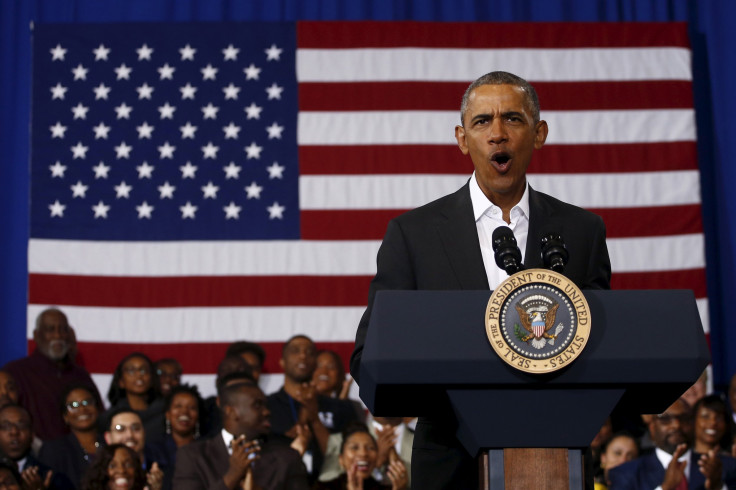Meet five ordinary but incredible Americans invited to Obama’s final State of the Union address

In 1982, the First Lady of the United States, Nancy Reagan, invited ordinary but unique individuals to sit in her viewing box to watch the US President deliver the State of the Union address.
After three decades of tradition, this year’s address on January 12 saw 21 seemingly ordinary Americans sit with Michelle Obama while President Barack Obama delivered his State of the Union speech for the last time.
Obama employed a non-traditional approach for his address as he concentrated less on policies and more on America's future.
“We live in a time of extraordinary change — change that’s reshaping the way we live, the way we work, our planet, our place in the world,” declared Obama.
The special guests are usually high achievers and symbolic of the points and themes the President is trying to make, and this year was no different.
1. A vacant chair for the victims of gun violence who no longer have a voice
Following Obama’s steps to try to decrease gun violence in the US, one chair was left empty in the First Lady’s State of the Union Guest Box to symbolically represent the victims of gun violence.
“Because they need the rest of us to speak for them. To tell their stories. To honor their memory. To support the Americans whose lives have been forever changed by the terrible triple effect of gun violence – survivors who have had to learn to live with a disability, or without the love of their life. To remind every single one of our representatives that it’s their responsibility to do something about this,” Amanda Stone said in the White House Blog.
2. Small Business Owner
From Washington came Mark Davis who was influenced by Obama’s concern on climate change. He started a small business called ‘WDC Solar’ that aims to train people from low-income backgrounds to install solar panels and prepare them for local green tech jobs.
According to the White House Blog, more than 125 solar systems in Washington, D.C. have been installed for homeowners by WDC Solar, who have good credit through private funds and tax credit
3. A Criminal Justice Reform
Criminal justice reform Sue Ellen Allen from Scottsdale is the co-founder of a non-profit organisation,‘Gina’s Team’, which supports females in Arizona prisons and after release. Allen, a former inmate, was released in 2009.
The non-profit organisation gives released women the valuable resources they need when they get out, and aims to teach them how to give back to their communities.
Sue Ellen named her organisation after her cellmate, who died in incarceration.
4. A scientist and Syrian refugee
“Welcome to your new home. You’re what makes America great,” President Obama told Refaai Hamo, a Syrian refugee who was first introduced to the public on “Humans of New York,” a blog run by photographer Brandon Stanton. .
Hamo’s life was changed when an anti-personnel missile from the Syrian government destroyed his family’s home and killed seven of his family members. He has since gained refugee status in Michigan, and his presence at the State of the Union address highlights Obama’s support for refugees.
5. An inspirational and selfless 12-year-old
Twelve-year-old Braeden Mannering attended the White House Kids’ “State Dinner” and was inspired to do a good deed after Obama challenged the kids to make a difference.
His non-profit organisation, Brae’s Brown Bags (3B), aims to provide healthy food to low-income and homeless people in his community.
According to the White House Blog, the non-profit organisation has more than 2,600 volunteers, given more than 4,500 “brown bags” to the homeless and low-income individuals in Mannering’s community and raised US$52,000 for hunger relief.






